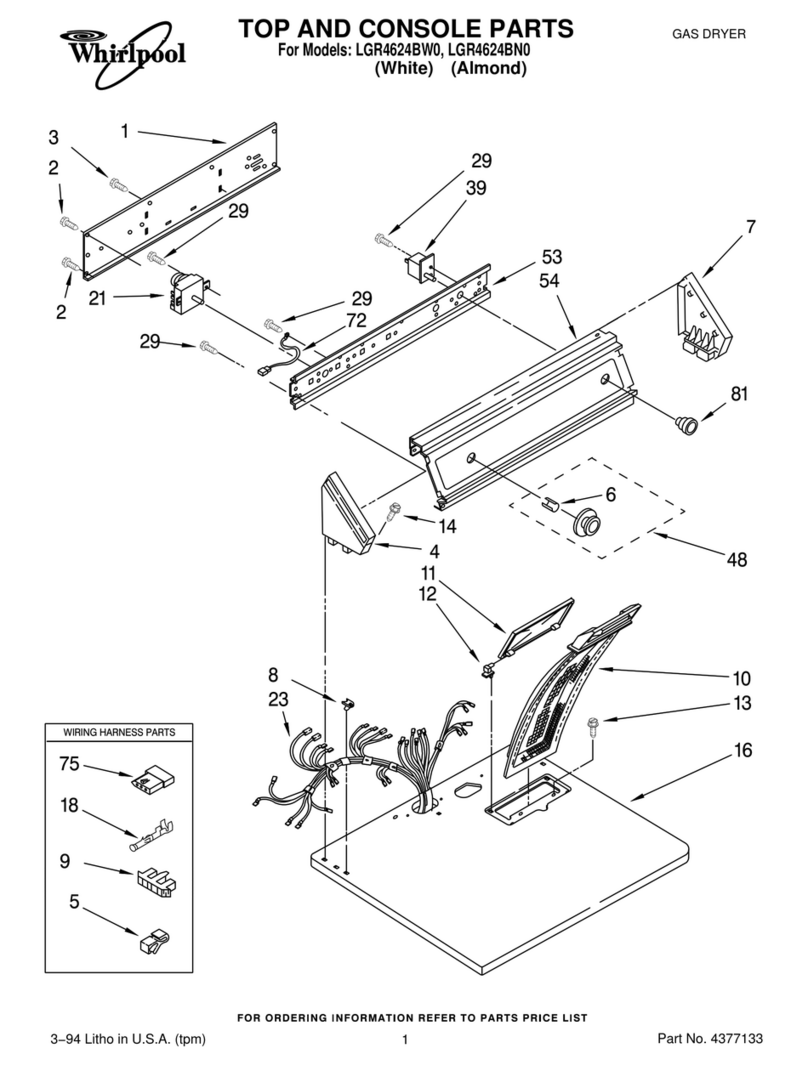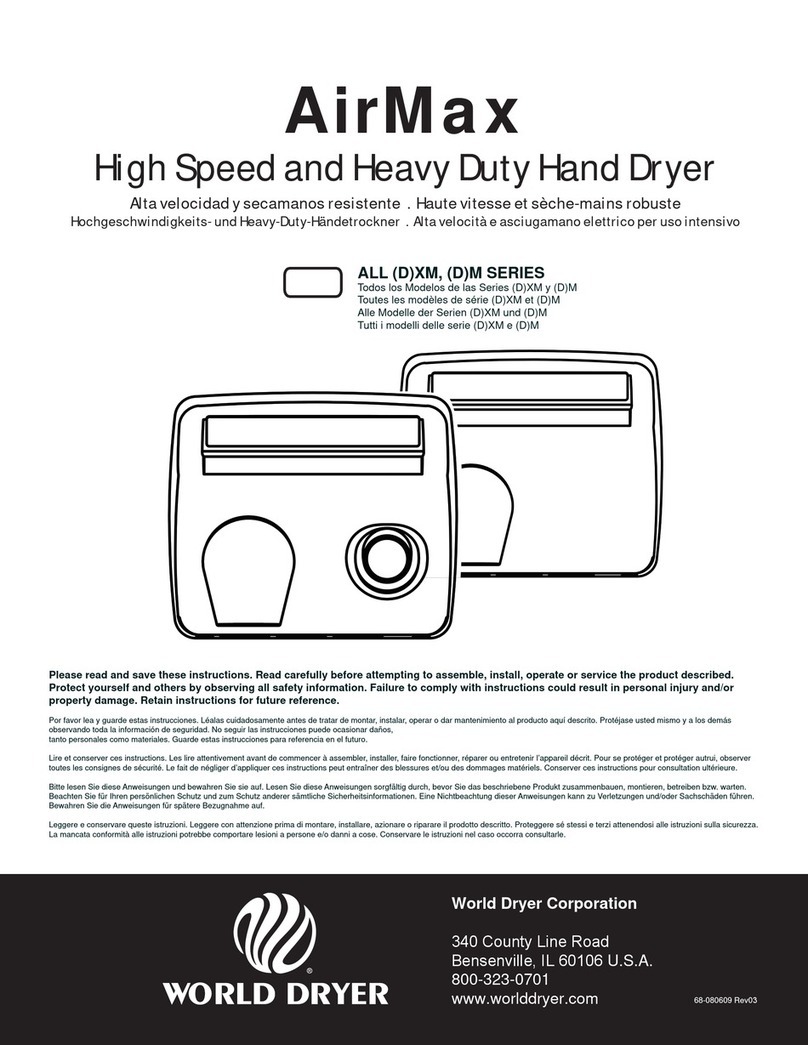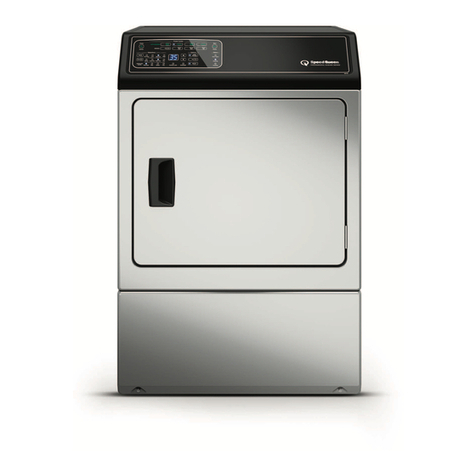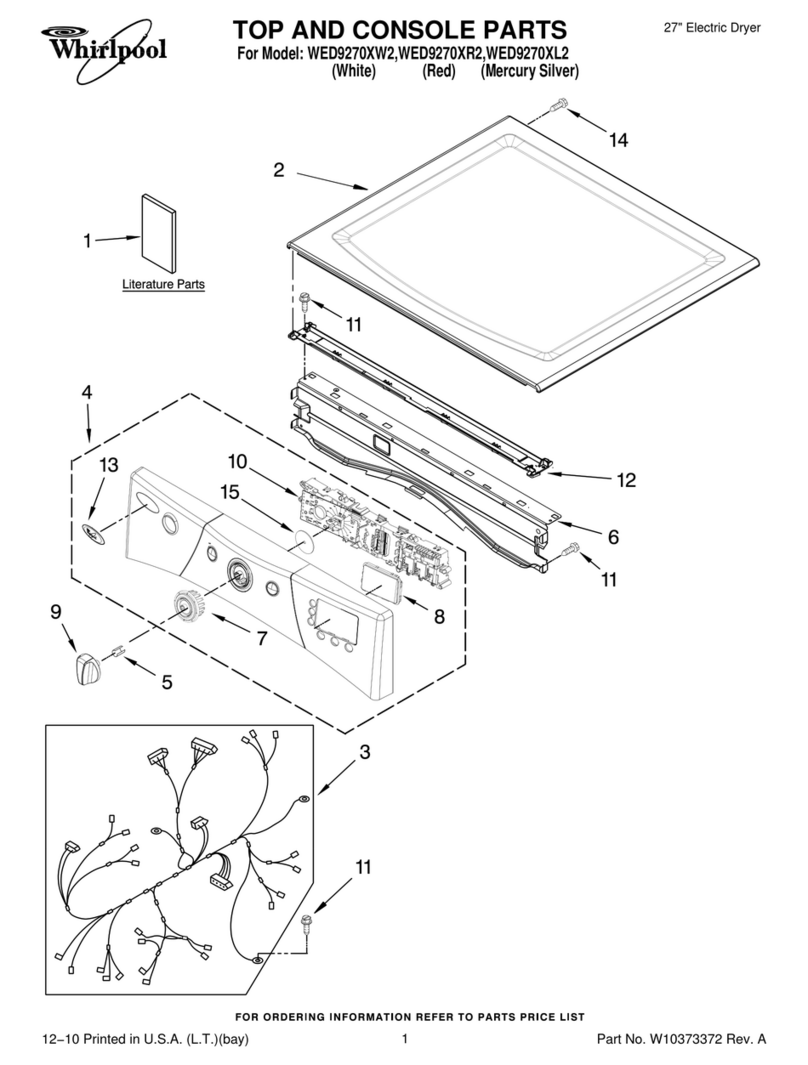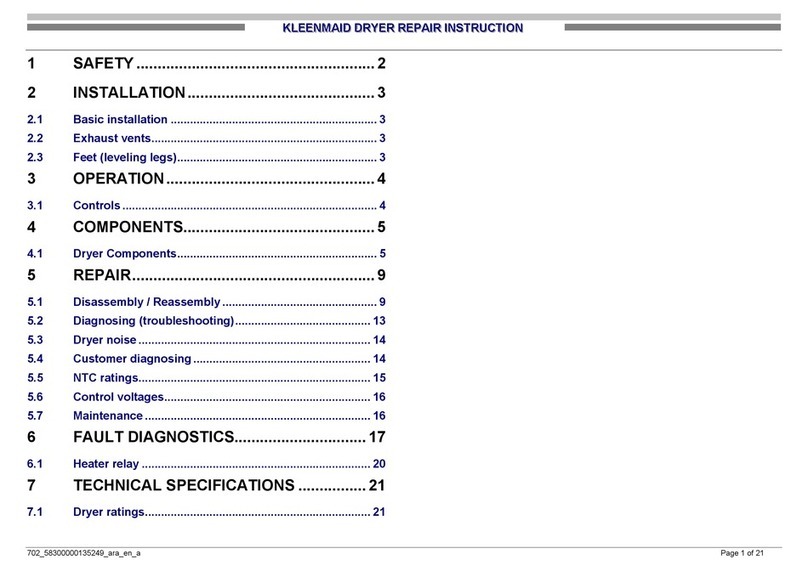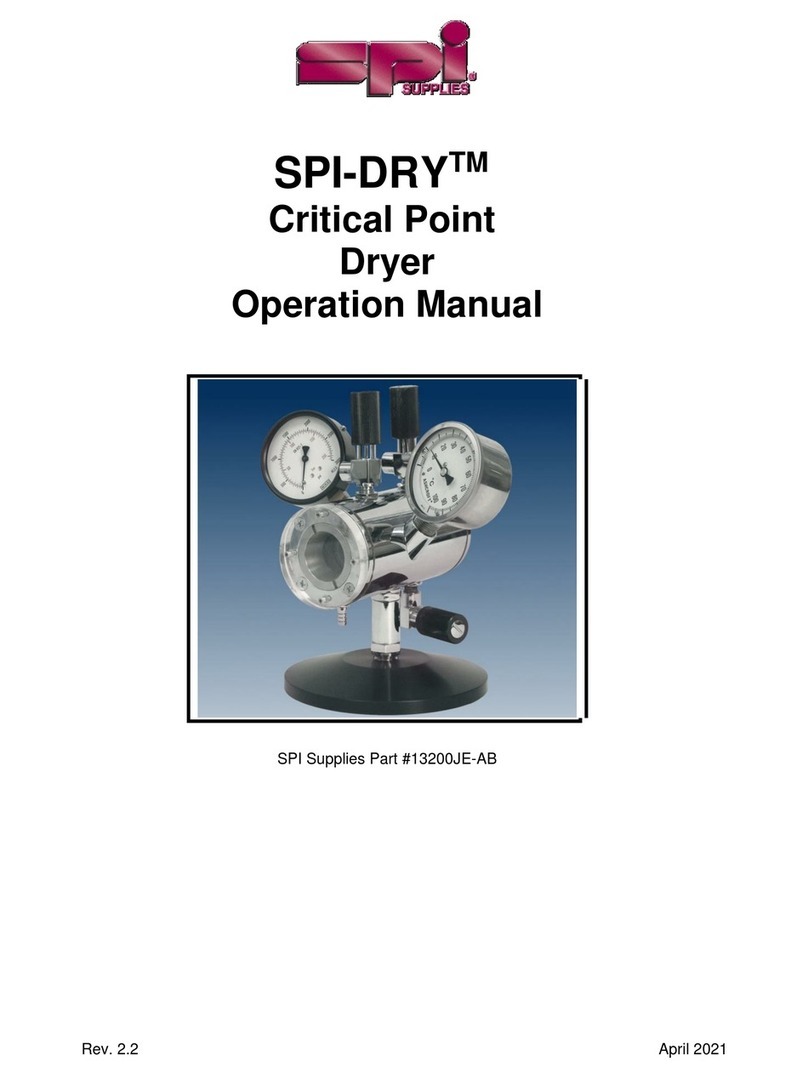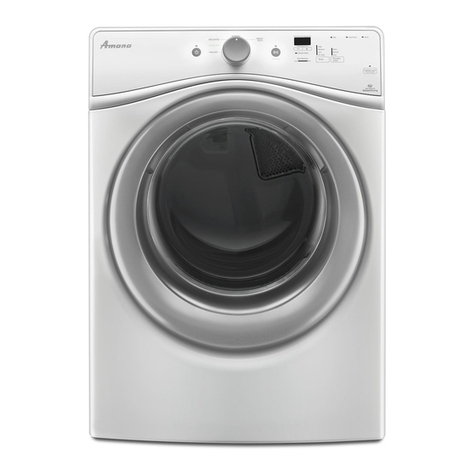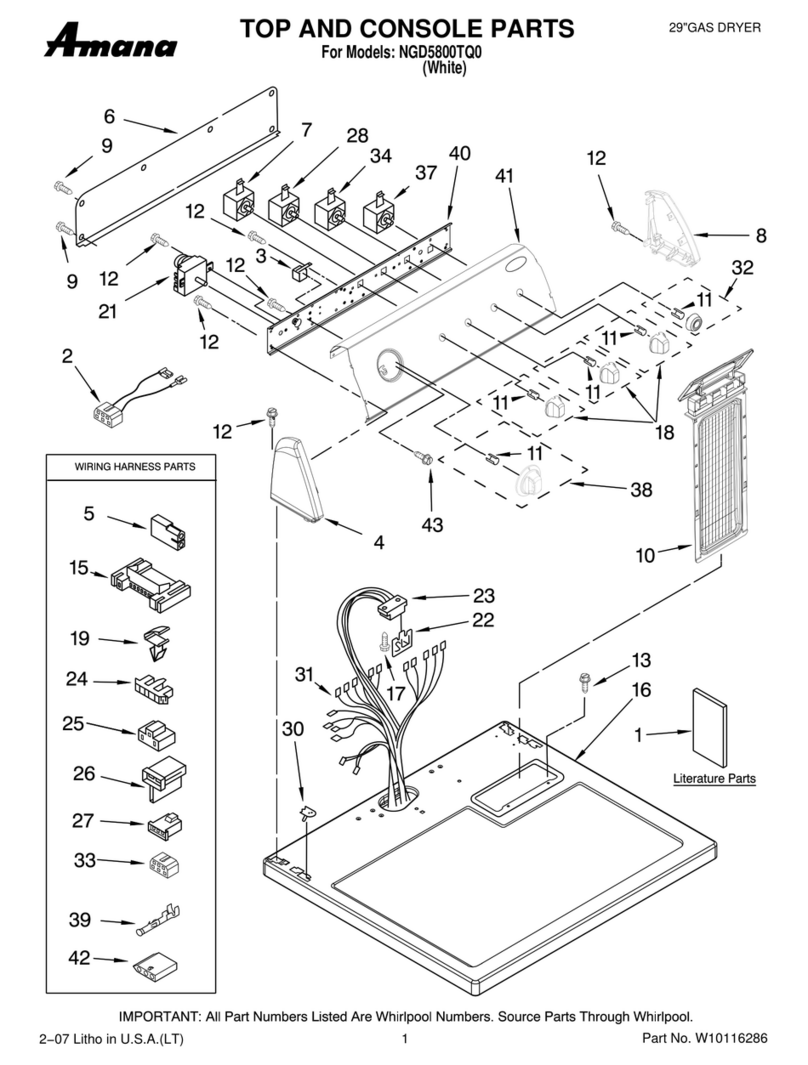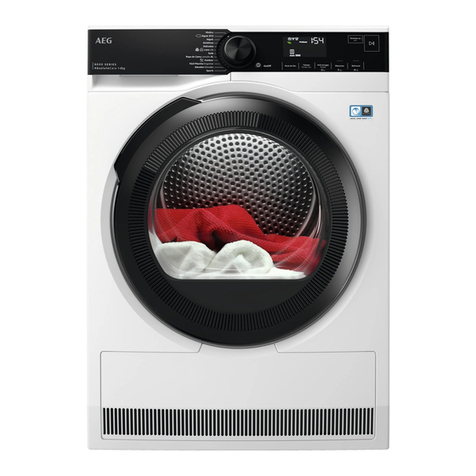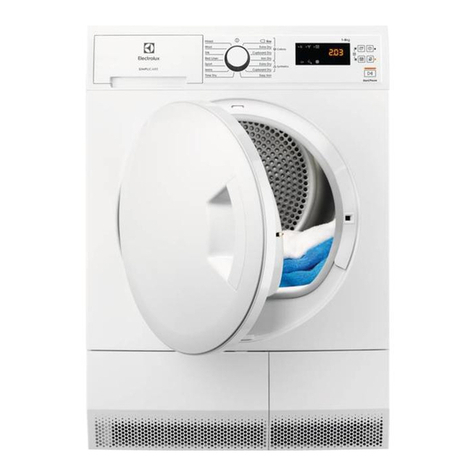
10 Version 2.2
Model RDX52 RDX65 RDX77
Article 14310009 14310010 14310011
Capacity*, (m3/min) 5,2 6,5 7,7
Maximum working pressure, bar 14
Maximum inlet temperature of
compressed air, 0C+55
Maximum ambient temperature, оС +45
Pressure dew point, 0C +3
Type of refrigerant R404a
Quantity of refrigerant, kg 0,59 0,72 0,73
Thread connection G1 1/2“, internal thread
Power supply 1/230 V – 50
Power required, kW 0,90 1,13 1,50
Model RDX100 RDX120 RDX150 RDX180
Article 14310012 14310013 14310014 14310015
Capacity*, (m3/min) 10,0 12,0 15,0 18,0
Maximum working pressure, bar 14
Maximum inlet temperature of
compressed air, 0C+55
Maximum ambient temperature, OС +45
Pressure dew point, 0C +3
Type of refrigerant R404a
Quantity of refrigerant, kg 1,05 1,15 1,55 1,85
Thread connection G2 1/2“, internal thread
Power supply 3/380 V – 50 Hz
Power required, kW 2,00 2,10 2,30 2,90
Model RDX200 RDX240 RDX300 RDX360
Article 14310016 14310017 14310018 14310019
Capacity*, (m3/min) 20,0 24,0 30,0 36,0
Maximum working pressure, bar 14
Maximum inlet temperature of
compressed air, 0C+55
Maximum ambient temperature, OС +45
Pressure dew point, 0C +3
Type of refrigerant R404a
Quantity of refrigerant, kg 2,10 2,30 3,10 3,70
Thread connection DN80
Power supply 3/380 V – 50 Hz
Power required, kW 2,90 3,90 4,70 5,30
*In conformity with ISO 7183 under standard operating conditions:
working pressure 7 bar, ambient temperature +25°C, compressed air inlet temperature +35°C.



